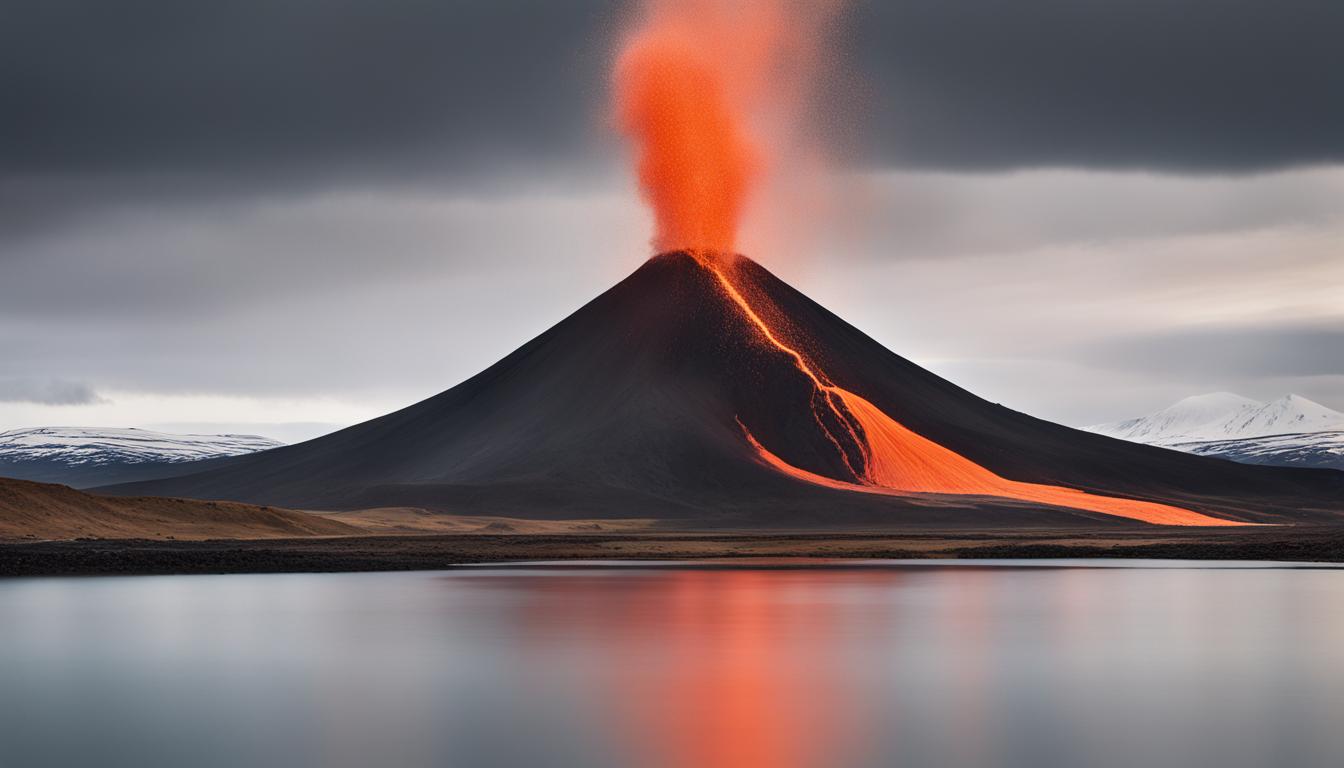A volcano in southwestern Iceland erupted for the fifth time since December, causing evacuations in Grindavik and leading to spewing lava and construction of barriers to protect critical infrastructure. The ongoing volcanic activity in the region poses challenges to the island nation for potentially decades to come.
On Wednesday, a volcano in southwestern Iceland erupted, marking its fifth eruption since December. The volcanic activity initiated in the early afternoon after a series of earthquakes occurred north of Grindavik, a coastal town with a population of 3,800. The eruption led to the evacuation of the well-known Blue Lagoon geothermal spa and much of Grindavik.
Lava was observed spewing approximately 165 feet into the air from a fissure around 1 kilometer long, according to the Icelandic Meteorological Office. Man-made barriers have been constructed to divert lava flow from critical infrastructure, including the Svartsengi geothermal power plant.
This eruption is part of the Svartsengi volcanic system, which had been dormant for nearly 800 years before reactivating in 2021. The region, located just 30 miles southwest of the capital Reykjavik, has experienced multiple eruptions since then. Prior incidents have disrupted local infrastructure, including district heating systems and key roads, and have destroyed several homes.
Iceland, positioned above a volcanic hot spot in the North Atlantic, regularly experiences such eruptions and has systems in place to manage the risks. The Eyjafjallajokull volcano’s 2010 eruption severely impacted air travel across Europe due to ash clouds, but the latest eruption is not expected to pose similar threats to air travel.
Grindavik and the Reykjanes Peninsula remain under close watch as volcanic activity is predicted to continue sporadically for possibly decades or even centuries, presenting ongoing challenges to the island nation.
